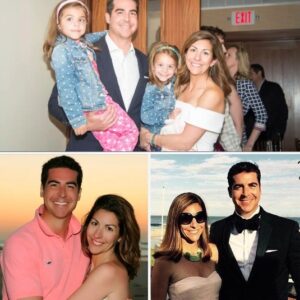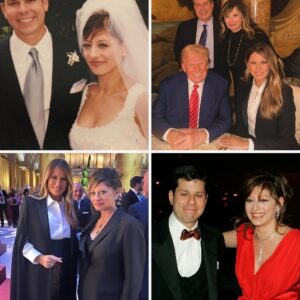Famous Faces Gather for Pope Francis’ Funeral
World leaders and public figures gathered over the weekend to honor the life of Pope Francis. Among them was former U.S. President Donald Trump, who attended with his wife, Melania.
A Controversial Appearance
While many praised the solemnity of the event, Trump quickly drew online backlash. The reason? His choice of attire.
Breaking Tradition
Unlike most guests dressed in traditional black, Trump wore a blue suit with a matching tie. Melania, on the other hand, followed the dress code precisely. She wore a full black outfit, complete with a lace veil that partially covered her face.
A Statement in Blue
Fashion expert Shakaila Forbes-Bell believes Trump’s outfit sent a deliberate message. Speaking to Paddy Power Games, she said:
“Clothes are a powerful form of non-verbal communication. Trump’s suit at the funeral of Pope Francis was loud and clear — he dances to the beat of his own drum.”
She explained that the Vatican’s guidelines asked women to wear long black dresses and veils, while men were expected to wear dark suits and black ties. Trump chose a bold blue suit, a blue tie, and an American flag pin.
A Standout Look
Though not bright, Trump’s blue ensemble stood out among the sea of black and navy. Leaders like Keir Starmer, Volodymyr Zelenskyy, and Jill Biden all followed tradition. Forbes-Bell noted,
“He stuck out like a sapphire-blue thumb.”
The Power of Black
Forbes-Bell also shared insight into black’s long association with mourning.
“Dating back to Ancient Rome, black reflects the seriousness and emptiness of grief. Funerals, in many ways, strip away individuality and remind us of our shared humanity.”
A Pattern in Trump’s Choices
She also sees a trend in Trump’s approach to formal dress codes.
“At President Jimmy Carter’s funeral in January, Trump wore a dark navy suit but broke convention with a light blue tie. He’s consistently rejecting tradition.”
What It Might Mean
Forbes-Bell concluded with a reflection:
“Some may dismiss these choices. But others see them as symbolic — a sign that we may be entering a period where tradition no longer binds us, and the unexpected becomes the norm.”





